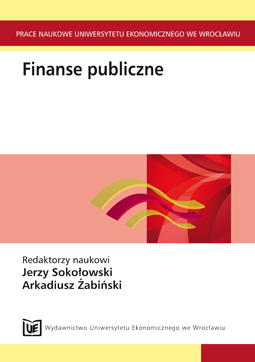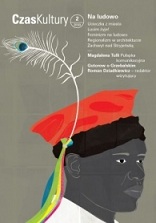"Romeo ja Julia" Liivimaa moodi? Barbara von Tiesenhauseni legend: ajalooline tagapõhi ja kirjanduslikud variatsioonid
Author(s): Liina Lukas,Juhan Kreem / Language(s): Estonian
/ Issue: 03/2008
Keywords: comparative literary studies; Baltic German literature; Estonian
literature; folkloristics; 16th century Livonian history
The story of Barbara von Tiesenhausen drowned in an icy lake by her own
brothers as punishment for her misalliance, has been used both in the Baltic German
and in the Estonian literary traditions. The article discusses the historical
background of the story and follows its evolution in folk tradition as well as in
literary versions.
The execution of Barbara von Tiesenhausen has been recorded in the chronicles
of the 16th century. In addition, the hostilities of her lover Franz Bonnius against
the Tiesenhausen family and Livonia can be followed in the correspondence of the
potentates and legal documents of the time. The conflict ensued from the (planned)
marriage that was not considered acceptable by the family. At the same time, the
social station of the fiancé Franz Bonnius has remained somewhat ambiguous.
Considering his later activities aimed at establishing his rights in Prussia and
Lithuania, at whose courts his claims were heard, one is left with an impression
that he may have been less of an outsider to the aristocratic society than hitherto
depicted. Despite the real restrictions to marriage with men of a lower rank no
historian has found convincing proof of the legitimacy of Barbara’s execution. This
leaves the exact nature of the conflict unclear. In any case, the killing of Barbara
was shocking even by 16th-century standards.
In folklore and literature, in their close mutual interaction, the story is living its
own life. The Baltic German literary tradition keeps to the chronicles, associating
the story with Rannu manor and Lake Võrtsjärv, as well as with concrete historical
figures (T. H. Pantenius). In Estonian literature and folklore, however, a
divergence can be observed. One tradition feeds on the book Ennemuistsed jutud
(„Folk tales”) by F. R. Kreutzwald. Here the Barbara of Rannu transforms into
the young lady of Porkuni manor, while the story, shedding off its concrete realia,
acquires mythical dimensions and becomes an explanatory legend (F. R. Kreutzwald,
M. Under). Aino Kallas, however (as well as the opera „Barbara von
Tiesenhusen” written by E. Tubin on the inspiration of A. Kallas’s prose ballad
of the same name), draws on the chronicles and Pantenius. The modern approach
of Maimu Berg treats the innocent girl in love as a vicious vamp and the heroic
Bonnius as a cynical egoist. There are more (unrealized) options to the story of
Barbara. And yet, running through the literary versions like a red line is the
tragedy of a misalliance, innocent love and criticism of rank restrictions.
More...


